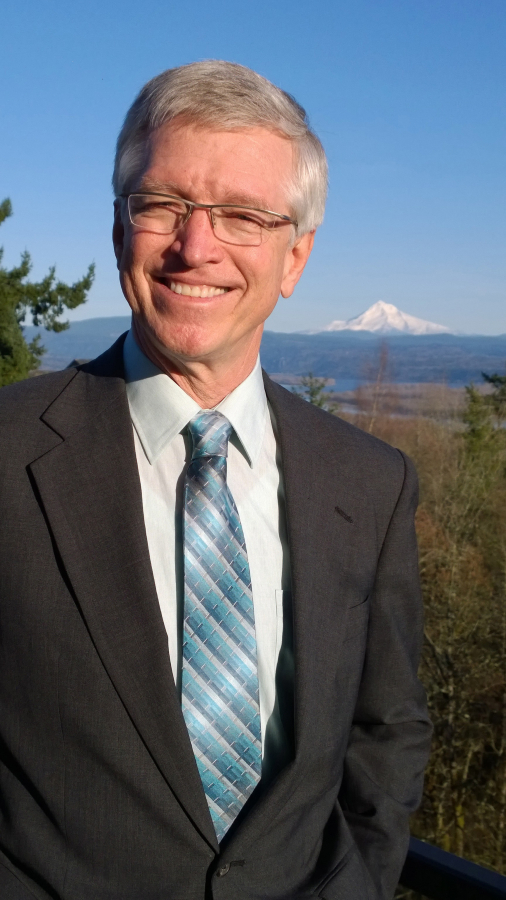Camas City Councilman Steve Hogan stated in a recent Letter to the Editor (“Senator transparent about Camas Slough Bridge funding,” published in the June 25, 2020 Camas-Washougal Post-Record’s Opinion section) that he and the former mayor were “transparent” about moving the $25 million funding for the Camas Slough Bridge replacement to Vancouver. Were they?
A few questions. What date did former Camas Mayor Scott Higgins and former Washougal Mayor Sean Guard meet with Washington state senator Ann Rivers? Who else was present? Was the decision to move the funds agreed to at that time or when was the decision made to move the funds? Was the Camas City Council fully briefed on the topic before the meeting? Was the Washougal City Council briefed on the topic before the meeting? What were the dates of those briefings, “in public”, so citizens can check the minutes and records of city council meetings and/or workshops? What date did Sen. Rivers submit the request to the legislature to move the funds?


